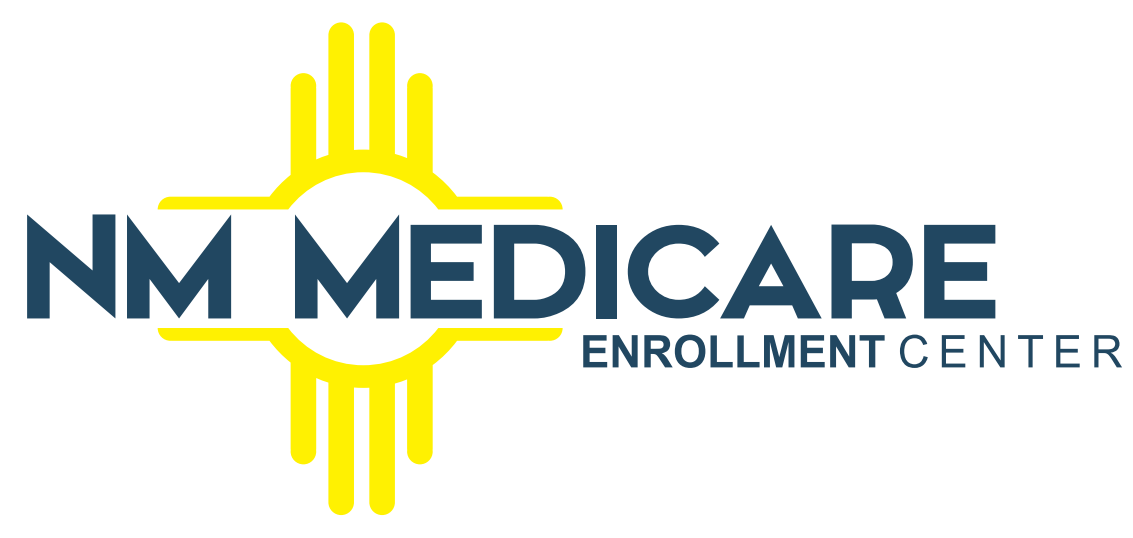Rheumatism, a term often used interchangeably with rheumatic disorders, encompasses a range of conditions affecting the joints, muscles, and connective tissues. From the mild discomfort of occasional stiffness to the debilitating pain of chronic inflammation, rheumatism presents a complex puzzle for both patients and medical professionals alike. In this comprehensive guide, we delve deep into the mysteries surrounding rheumatism, exploring its causes, symptoms, diagnosis, treatment options, and strategies for living well despite its challenges.
What is Rheumatism? Defining the Spectrum of Rheumatic Disorders
Rheumatism is not a single disease but rather a broad umbrella term that encompasses various conditions characterized by inflammation, pain, and stiffness in the joints, muscles, and surrounding tissues. Conditions commonly associated with rheumatism include rheumatoid arthritis, osteoarthritis, gout, lupus, fibromyalgia, and ankylosing spondylitis, among others. Each of these conditions presents its own unique set of symptoms and challenges, contributing to the complexity of diagnosing and managing rheumatism.
Understanding the Causes of Rheumatism: Unraveling the Pathways of Inflammation
While the exact cause of rheumatism varies depending on the specific condition, many rheumatic disorders share a common underlying mechanism: inflammation. Inflammation occurs when the body’s immune system mistakenly attacks its own tissues, leading to pain, swelling, and stiffness in the affected joints and muscles. Factors such as genetics, environmental triggers, lifestyle habits, and underlying health conditions can all influence the development and progression of rheumatism.
The Signs and Symptoms of Rheumatism: Deciphering the Body’s Signals
Recognizing the signs and symptoms of rheumatism is the first step towards seeking appropriate diagnosis and treatment. Common symptoms of rheumatic disorders may include joint pain, stiffness, swelling, redness, warmth, fatigue, muscle weakness, and limited range of motion. These symptoms can vary in severity and may come and go over time, making it challenging to pinpoint a definitive diagnosis without thorough medical evaluation.
Diagnosing Rheumatism: Connecting the Dots Through Medical Evaluation
Diagnosing rheumatism often requires a comprehensive medical evaluation, including a detailed medical history, physical examination, laboratory tests, and imaging studies. Blood tests such as rheumatoid factor (RF), anti-cyclic citrullinated peptide (anti-CCP) antibodies, erythrocyte sedimentation rate (ESR), and C-reactive protein (CRP) can help identify markers of inflammation and autoimmune activity. Imaging studies such as X-rays, ultrasound, and magnetic resonance imaging (MRI) may also be used to assess joint damage and inflammation.
Treatment Options for Rheumatism: Navigating the Maze of Therapeutic Modalities
Treatment for rheumatism aims to relieve symptoms, reduce inflammation, prevent joint damage, and improve overall quality of life. Depending on the specific condition and individual needs, treatment may include medications, physical therapy, lifestyle modifications, and surgical interventions. Commonly prescribed medications for rheumatism include nonsteroidal anti-inflammatory drugs (NSAIDs), corticosteroids, disease-modifying antirheumatic drugs (DMARDs), biologic agents, and pain relievers.
Living Well with Rheumatism: Empowering Strategies for Self-Care and Wellness
While living with rheumatism can pose significant challenges, there are many strategies that individuals can employ to manage their symptoms and enhance their quality of life. Engaging in regular exercise, maintaining a healthy diet, getting adequate rest, managing stress, and seeking social support are all important aspects of self-care for rheumatic disorders. Additionally, exploring complementary and alternative therapies such as acupuncture, massage, and meditation may provide additional relief for some individuals.
Research Advances and Future Directions: Unlocking New Insights into Rheumatic Disorders
Advances in medical research continue to expand our understanding of rheumatism and pave the way for innovative treatment approaches. From targeted biologic therapies to personalized medicine strategies, ongoing research holds promise for improving outcomes and quality of life for individuals living with rheumatic disorders. By supporting research initiatives and participating in clinical trials, patients and healthcare providers can contribute to the collective effort to unravel the mysteries of rheumatism.

Conclusion
Rheumatism remains a complex and multifaceted challenge for patients, caregivers, and healthcare providers alike. By fostering a deeper understanding of the underlying mechanisms, symptoms, and treatment options for rheumatic disorders, we can empower individuals to take control of their health and well-being. Through collaboration, education, and advocacy, we can work towards a future where all individuals living with rheumatism can thrive and flourish.
If you’re in New Mexico and navigating the complexities of Medicare plans, remember that you don’t have to do it alone. New Mexico Medicare Plan Advisor is here to support you every step of the way. Our dedicated team of agents is ready to help you find a plan that suits your unique needs and preferences. Whether you’re new to Medicare or looking to make changes to your current coverage, we’re here to provide guidance and assistance. Don’t hesitate to reach out to us with any questions or concerns you may have. Your health and peace of mind are our top priorities. Contact us today and let us help you navigate the world of Medicare with confidence and ease.
FAQs
1. Is rheumatism the same as arthritis?
- While rheumatism is often used as an umbrella term for various rheumatic disorders, including arthritis, it is not synonymous with arthritis. Arthritis specifically refers to inflammation of the joints, whereas rheumatism encompasses a broader range of conditions affecting joints, muscles, and connective tissues.
2. Can rheumatism be cured?
- There is currently no cure for rheumatism, but various treatment options are available to help manage symptoms, reduce inflammation, and improve quality of life. With proper medical care and self-care strategies, many individuals with rheumatic disorders can lead fulfilling and active lives.
3. What lifestyle changes can help alleviate rheumatism symptoms?
- Adopting a healthy lifestyle can play a significant role in managing rheumatism symptoms. Regular exercise, maintaining a balanced diet, getting adequate rest, managing stress, and avoiding smoking and excessive alcohol consumption are all important aspects of self-care for rheumatic disorders.
4. Are there any alternative therapies that can help with rheumatism?
- Some individuals find relief from rheumatism symptoms through complementary and alternative therapies such as acupuncture, massage, yoga, tai chi, and herbal supplements. It’s essential to consult with a healthcare professional before trying any new treatment approach to ensure safety and effectiveness.
5. How can I support research efforts for rheumatism?
- You can support research efforts for rheumatism by participating in clinical trials, donating to research organizations, raising awareness about rheumatic disorders, and advocating for increased funding for rheumatology research. Your involvement can help accelerate progress towards better treatments and ultimately a cure for rheumatism.



